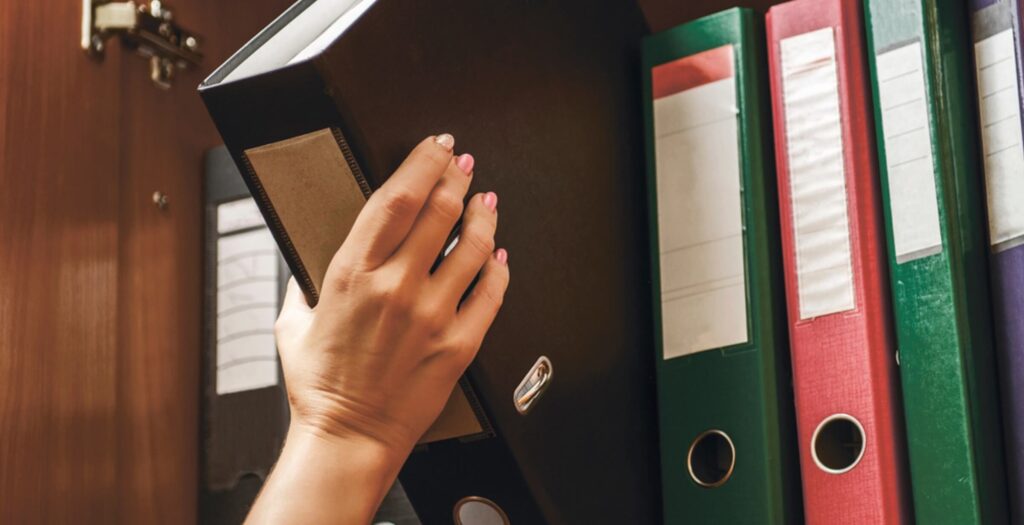
While barely used before the COVID-19 pandemic, remote audits have increasingly become a preferred option—but what is remote auditing?
Simply put, it refers to conducting audits using remote auditing methods. These methods offer distinct advantages, such as time and cost savings, but they also come with unique challenges.
This article explores key considerations for conducting efficient internal audits using remote auditing methods and provides insights into the preparation, technology use, and common obstacles involved in remote auditing.
Technically speaking, an audit is an audit. Thus, there is no such thing as a remote audit or performing remote auditing. When people refer to remote audits, they actually mean performing an audit using remote auditing methods. These methods rely on information and communication technology (ICT) to bridge the gap between auditor and auditee.
Let us go over some key aspects to consider when preparing for an internal remote audit or using the correct term: an internal audit using remote auditing methods.

Ensuring that both the auditor and auditee know how to use the selected platforms is crucial when planning for a remote audit.
For internal audits, this is usually not a problem, however, for 2nd party audits, not all organisations are compatible. For example, one organisation might only use Google Meet and the other Microsoft Teams.
When discussing which methods and platforms will be used, inquire about the auditee’s experience and competence in remote auditing. As the auditor, you may need to take actions to ensure that the audit can be carried out successfully if the auditee is inexperienced, such as allocating extra time or having relevant IT support available during the audit.
Which platforms that will be used in the remote audit is closely related to information security requirements as well. Again, this is primarily relevant for 2nd party audits where the auditor may be required to use a VPN. There may also be restrictions on which software or platforms can be used or which documents and records can be shared. Make sure to discuss these matters with the auditee.
With on-site audits, the auditor and auditee are in the same location and time zone, but this is not necessarily the case during audits using remote auditing methods. Consider what will happen if the internet connection fails and ensure a plan is in place.
It is, for example, always a good idea to have some important phone numbers at hand so that a phone connection can be established should the screen sharing and videoconferencing fail.
In many ways, performing an audit using remote auditing methods is more complicated than on-site audits. There are simply many technical things that could go wrong.
However, the potential advantages of remote audits can be worth it, with the most apparent benefit being time and money saved on travel.
Auditors for both on-site and remote audits typically collect audit evidence using three main methods:
While the methods remain the same for both types of audits, how to practically perform them can vary greatly.
When preparing for an audit, you should, in most cases, be reviewing documented information. This is not impacted by whether you will conduct a traditional on-site audit or a remote audit. The documents should be sent to you either way. But the documents and records you read while conducting the audit activities will differ.

For an internal audit or audits where the auditee is using an eQMS, this is usually not a problem. However, if the organisation uses a hybrid QMS and some records only exist in paper form, this could pose a challenge. There are solutions, but these need to be discussed and agreed upon in advance.
The auditee could scan all its paper-based documents and records and save them as PDF files, which would solve the problem. A clear benefit of digital files is that the auditor can use screen captures during the audit. Perhaps the auditor can even record the whole audit session with transcription software if consent has been given–which can save the auditor significant time.
However, it gets more complicated if the auditee does not provide digital copies. You can set up a high-resolution webcam where paper documents can be placed on the desk under the camera so that you can read the actual paper documents. This will, however, require some extra technology and skill from the auditee.
There is no one-size-fits-all solution, so consider these aspects when preparing and planning for the audit to ensure that the proper infrastructure is in place once you start conducting the audit activities.
Conducting interviews is pretty straightforward, both on-site and remotely. People can join in on the videoconference or sit in the same room as the auditee’s representatives, which is not much different from a regular Zoom or Teams meeting.
However, if the interview needs to take place in a different place than the conference room that the auditee is working from, it can be a bit more challenging. This is simply because the camera and microphone need to be where the interviewee is. Otherwise, it is difficult to listen and observe during the interview.

Reading documents and interviewing representatives is relatively simple when you are stationary. However, in situations where you want to go on a factory tour or interview someone in the process of performing a particular task, it is more challenging.
It can be a good idea to have one person, who can walk around, responsible for the camera. In most cases, a mobile phone connected to Wi-fi, 4G, or 5G is the best and simplest solution.
For interviews, a tablet or iPad is better because you and the interviewee will be able to see each other better on a bigger screen. You can, of course, also use a laptop, assuming you have both a front and back-facing camera.
As the auditor, you will still need to direct the cameraman so that the feed shows you the relevant areas or people. Getting this right takes practice. It might even be a good idea to have a practice session with your cameraman before the actual audit takes place to make the audit as efficient as possible.
In conclusion, conducting audits using remote auditing methods requires careful planning, clear communication, and adaptability to overcome the unique challenges posed by technology and distance.
By understanding these key considerations, auditors and auditees can ensure that remote audits are both effective and efficient, paving the way for continued improvement in audit practices.
Develop the necessary skills to conduct 1st and 2nd party audits according to ISO 13485 in Peter Sebelius’ online Internal Auditor Training course.
In this course, auditors and anyone on the receiving end of an audit will get a walkthrough of the audit process, from opening meeting to preparing the audit report. The second part of the course teaches course participants to interpret the requirements of the ISO 13485 standard.

Peter Sebelius is a highly esteemed trainer, consultant and entrepreneur in the medical device industry. He is a member of the Joint Working Group that is revising the ISO 13485 and ISO 14971 standards.
He has vast ‘hands on’ experience, having developed, amongst other things, a mechanical chest compression device and an ex vivo perfusion machine for lungs. He has received numerous awards including the Great Design Award and the title “This year’s specialist” by Veckans affärer.
Receive FREE templates and quarterly updates on upcoming courses that can help you in your career! Subscribe to our newsletter now.
When you submit this form, you will be sending personal information to medicaldevicehq.com. To comply with GDPR requirements, we need your consent to store and use the personal data you submit. Take a look at our Privacy policy for more details.
Choose your course options below
IMPORTANT – The course will be associated with the account that the purchase is made from. Are you taking the course or is someone else?
Oops, I actually wanted to buy seats for several people. Take me to the right place.
Special launch offer: 349 299 EUR for the online plan & 449 349 EUR for the online lifetime plan.